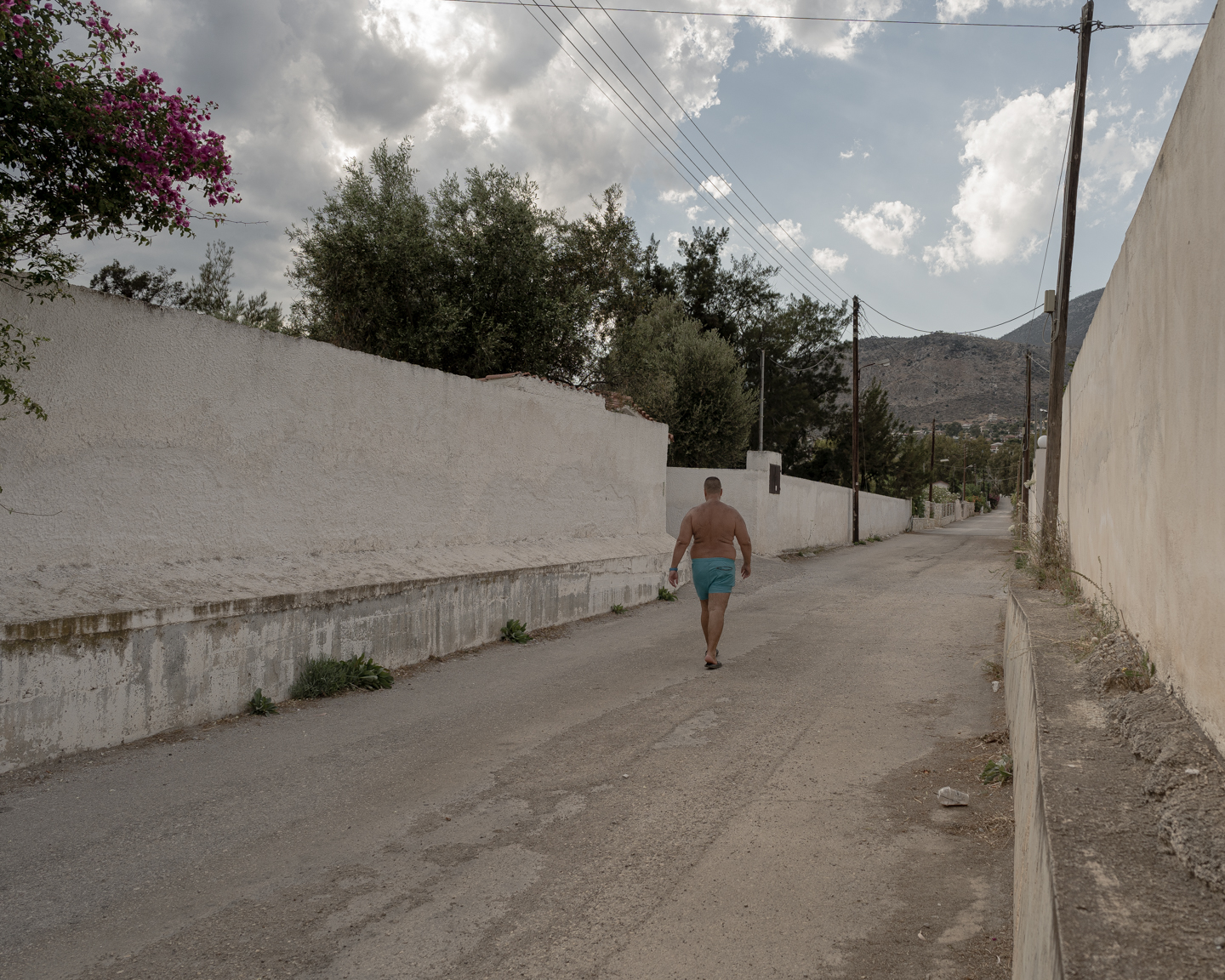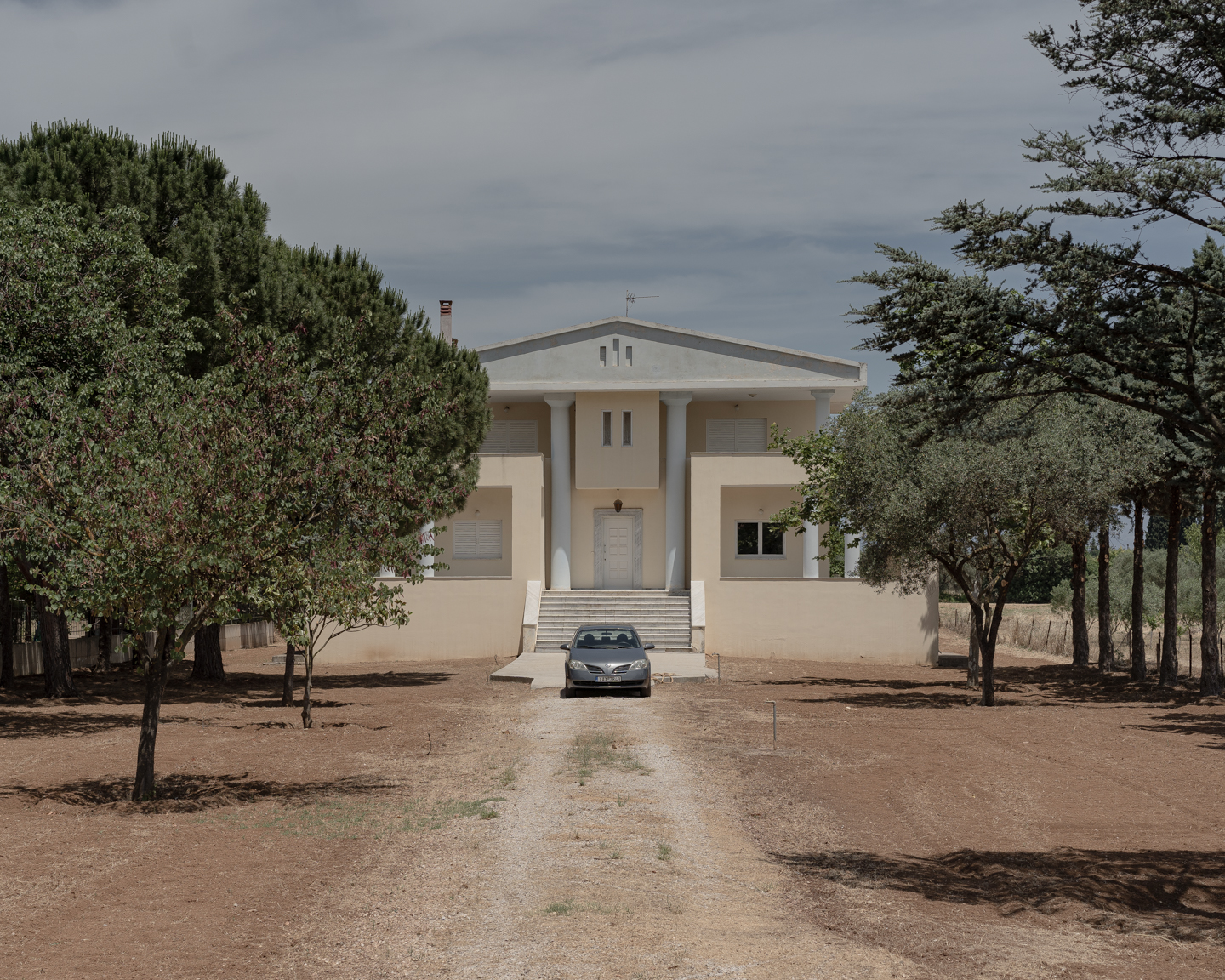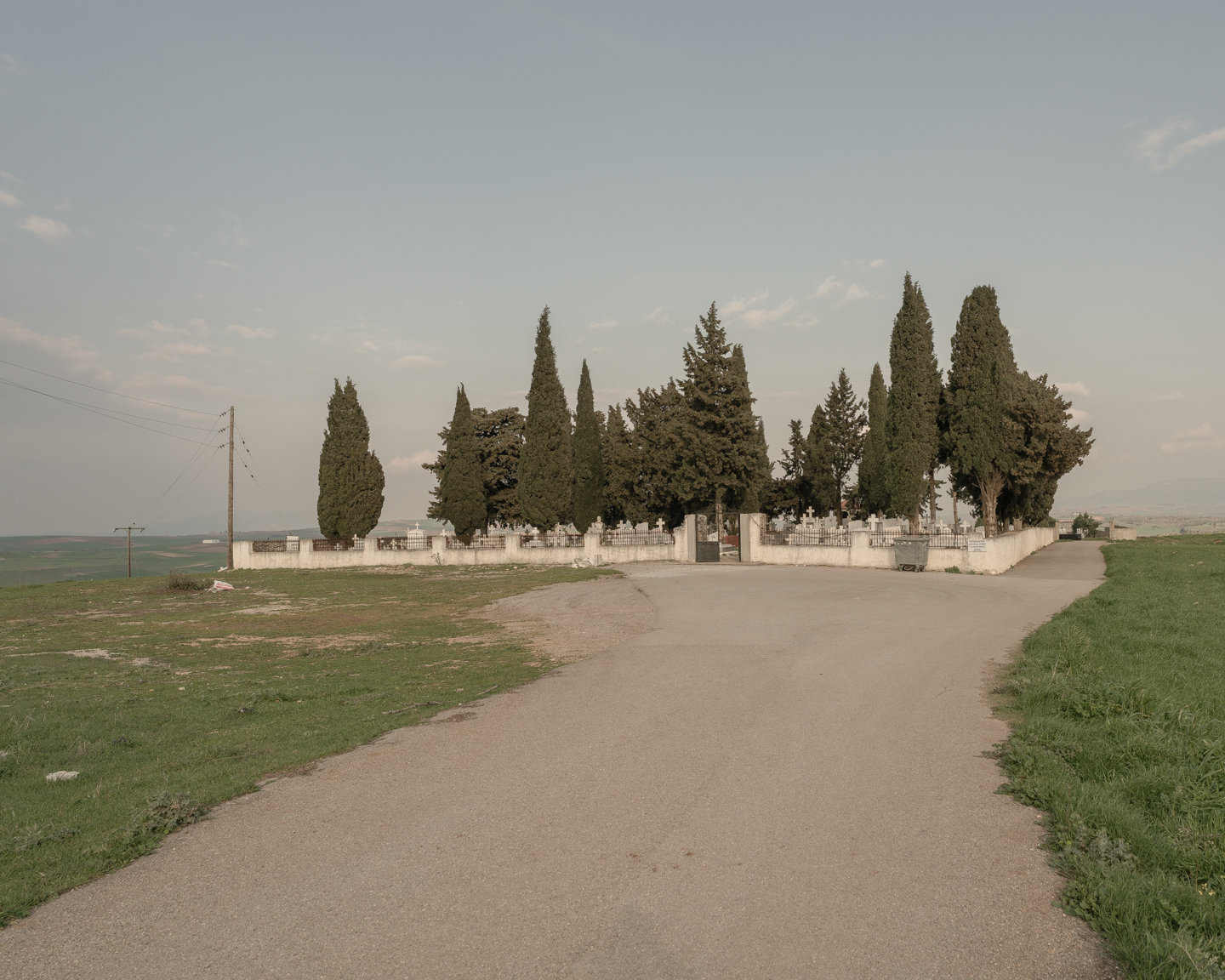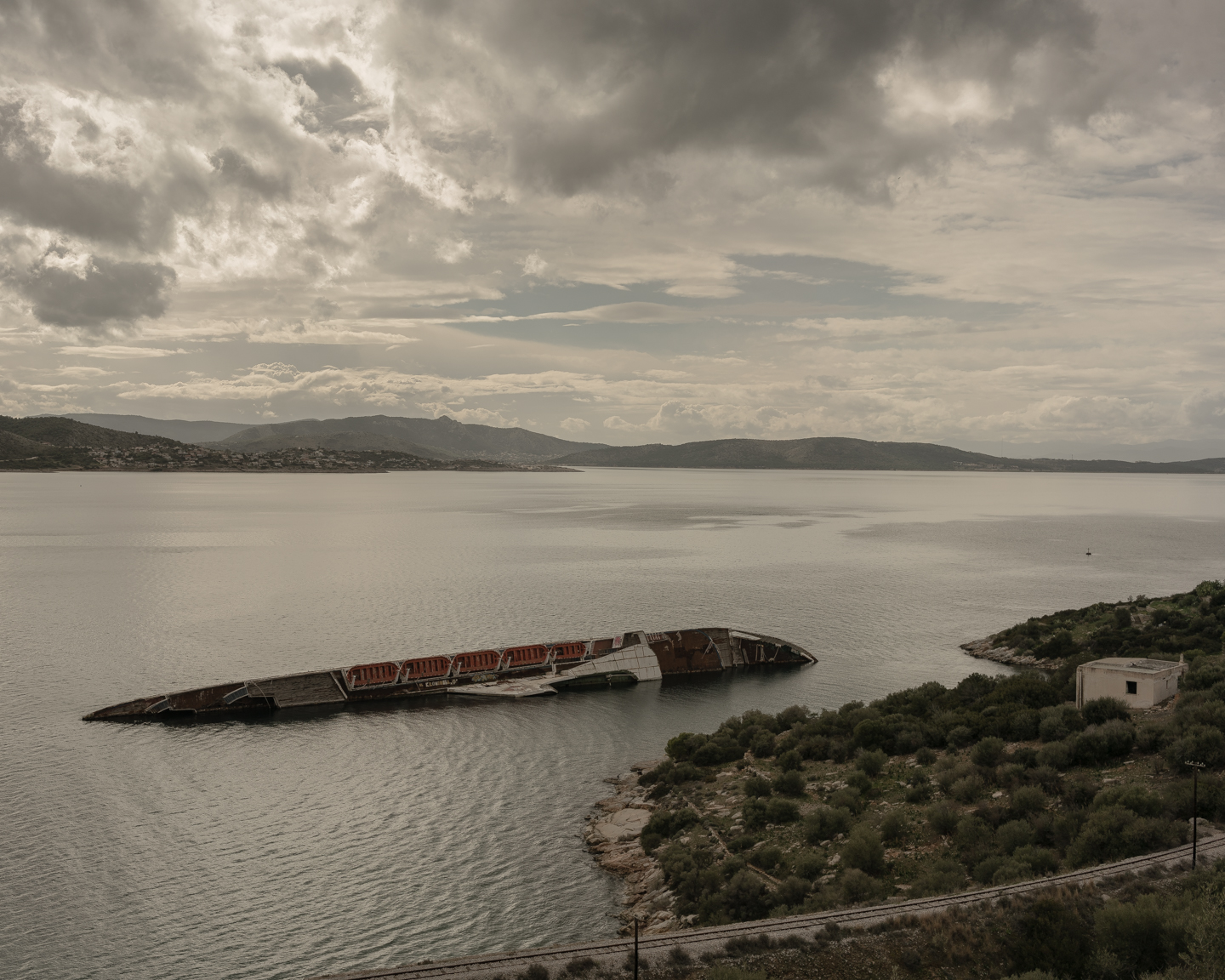(lat.) outside of the city
During the first decades following the end of World War II and Greek Civil War, greek urbanization was intensified on a massive scale. In the first phase, the enlargement of the two main urban centers (Athens and Thessaloniki) and in the second phase the enlargement of the smaller cities, led to the transformation of these areas both demographically and morphologically. The development of this urban fabric also led to the expansion of the city limits. The suburban areas near the Attica basin combine typical elements of rural life and elements of industrial intervention. The villages and towns of these areas have a strong local character and a long history of population settlement. The diverse characteristics of these areas played a decisive role in the way the economic crisis of the previous decade affected their inhabitants. The collective subconscious of many Athenians potrays these areas as the scenery of the vacations’ departure and return. Therefore this space acquires a "non-place" identity where the eye and the mind meet fleetingly on a journey. Towards the Province.











































